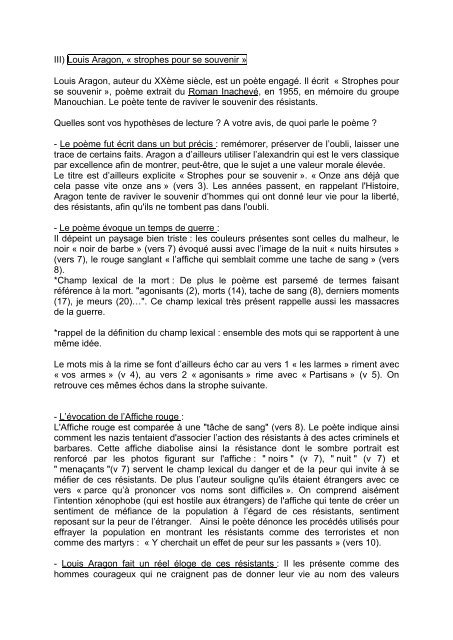
(The artificial exchange rate of the reichsmark versus the franc had been established as one mark to twenty francs.) īecause of this overvaluation of German currency, the occupiers were able to make seemingly fair and honest requisitions and purchases while, in effect, operating a system of organized plunder. This burden amounted to approximately 20 million German reichsmarks per day, a sum that, in May 1940, was approximately equivalent to four hundred million French francs. One of the conditions of the armistice was that the French pay for their own occupation that is, the French were required to cover the expenses associated with the upkeep of a 300,000-strong army of occupation. įrench Resistance fighter Lucien Pélissou's identity document. Although the majority of civilians neither collaborated nor overtly resisted, the occupation of French territory and the Germans' draconian policies inspired a discontented minority to form paramilitary groups dedicated to both active and passive resistance. įurther information: zone occupée and German military administration in occupied France during World War IIįollowing the Battle of France and the second French-German armistice, signed near Compiègne on 22 June 1940, life for many in France continued more or less normally at first, but soon the German occupation authorities and the collaborationist Vichy régime began to employ increasingly brutal and intimidating tactics to ensure the submission of the French population. The town was later awarded the Ordre de la Libération. The cemetery and memorial in Vassieux-en-Vercors where, in July 1944, German Wehrmacht forces executed more than 200, including women and children, in reprisal for the Maquis's armed resistance.

6 Role in the liberation of France and casualties.4.3 Beginnings of a coordinated resistance.4.2.8 Polish resistance in France during World War II.Although the amalgamation of the FFI was, in some cases, fraught with political difficulties, it was ultimately successful, and it allowed France to rebuild the fourth-largest army in the European theatre (1.2 million men) by VE Day in May 1945. Estimated to have a strength of 100,000 in June 1944, the FFI grew rapidly and reached approximately 400,000 by October of that year. The actions of the Résistance stood in marked contrast to the collaboration of the French regime based at Vichy, the French people who joined the pro-Nazi milice and the French men who joined the Waffen SS.Īfter the landings in Normandy and Provence, the paramilitary components of the Résistance were organised more formally, into a hierarchy of operational units known, collectively, as the French Forces of the Interior (FFI). It was also politically and morally important to France, both during the German occupation and for decades afterward, because it provided the country with an inspiring example of the patriotic fulfillment of a national imperative, countering an existential threat to French nationhood. The Résistance also planned, coordinated, and executed acts of sabotage on the electrical power grid, transport facilities, and telecommunications networks. The French Resistance played a significant role in facilitating the Allies' rapid advance through France following the invasion of Normandy on 6 June 1944, and the lesser-known invasion of Provence on 15 August, by providing military intelligence on the German defences known as the Atlantic Wall and on Wehrmacht deployments and orders of battle. The men and women of the Résistance came from all economic levels and political leanings of French society, including émigrés academics, students, aristocrats, conservative Roman Catholics (including priests) and also citizens from the ranks of liberals, anarchists and communists.

Résistance cells were small groups of armed men and women (called the Maquis in rural areas), who, in addition to their guerrilla warfare activities, were also publishers of underground newspapers, providers of first-hand intelligence information, and maintainers of escape networks that helped Allied soldiers and airmen trapped behind enemy lines. The French Resistance (French language: La Résistance française) is the name used to denote the collection of French resistance movements that fought against the Nazi German occupation of France and against the collaborationist Vichy régime during the Second World War.


 0 kommentar(er)
0 kommentar(er)
